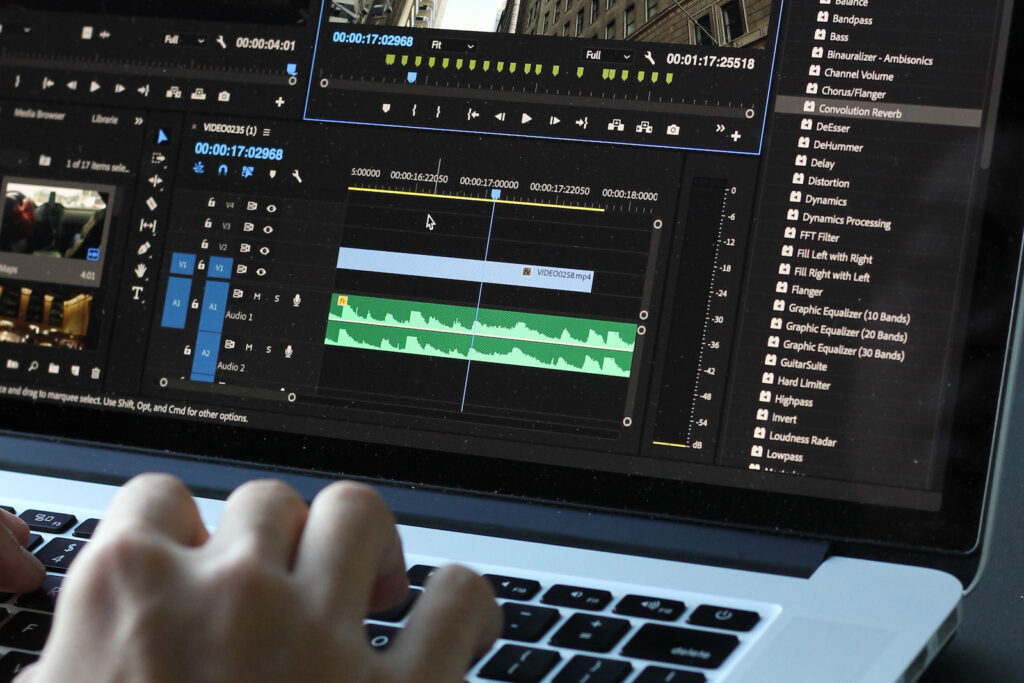We are available 24/7 on this email
What you need to know about video remote interpreting services
t has been a steadily increasing trend for a number of years, but 2020 has seen the need skyrocket for video remote interpreting services. This move towards remote video interpreting — rather than in-person interpreting — has been brought about by the coronavirus (COVID-19) pandemic, and has been most noticeable in large, multinational companies with large, multinational teams.
Of course, these teams often consist of individuals whose preferred languages might differ from that in which meetings are held (whether it’s a meeting with many stakeholders or a one-to-one meeting such as one between an employee and HR). It’s important to ensure all members of your workforce have equal access to all the information they need — and that is preciseley where remote interpreting steps in to make that a reality.
What is video remote interpreting?
In the simplest o terms, remote video interpreting operates as a stand-in for a real-life interpreter in any situation. When there are two or more people who don’t speak the same language, an interpreter facilitates communication between them by verbally translating for the parties involved — a verbal go-between, if you will.
This specialised interpreting service works in just the same way but the interpreter remotely translates in real time via a video and audio feed. You can speak to your video interpreter directly through your mobile phone, tablet, computer, or any other internet-connected video-enabled device.
Thanks to the visual and auditory nature of video remote interpreting services, interpreting providers can interpret almost any language including sign language for deaf or hard of hearing team members.
When do you need video remote interpreting?
Video remote interpreting services come in useful any time you are holding a meeting with people who speak different languages. However, in 2020 (the age of COVID-19), these services are particularly useful as it helps you to hold a safe, socially distanced meeting while still ensuring everyone is understood properly.
You can use video remote interpreting services for:
- HR meetings
- Stakeholder meetings
- Research field work
- Roundtables
- Update meetings
- Interviews
- Decision-making meetings
In fact, whenever and wherever real-time translations are needed, remote interpreting services would equally as effective.
Remote interpreting also comes in handy for a range of public institutions where the need for a translator can come up quickly and without warning, such as in:
- Prisons
- Hospitals
- Government buildings
- Police stations
- Courts
- Education institutions
For example, in a hospital, patients of all nationalities and languages deserve equal rights when it comes to medical care and communication. However, it is unrealistic to expect every hospital to have an army of translators available for every language and at any given time. Having access to a remote video interpreting provider, however, makes way for the hospital staff to effectively communicate with all patients almost instantly.
What are the benefits of video remote interpreting?
Social distancing
There are many benefits to video remote interpreting, including the ability for businesses to conduct socially distanced meetings with fewer people in attendance — a welcomed alternative to in-person interpreters in the time of COVID-19.
In fact, in this age of the coronavirus, remote interpreting is safer for you, your attendees, and the linguists.
However, the benefits don’t stop there.
Round-the-clock availability
We live in a 24/7 world, especially those of us in multinational corporations. With offices worldwide, Global Lingo covers any time zone thus ensuring projects are picked up and resources allocated in a timely manner.
The same goes for those middle-of-the-night business emergencies that can happen in a multinational company when you have offices in both China and the United States, for example.
With video remote interpreting from Global Lingo, you’ll have access to interpreters 24/7 in over 150 languages.
Lower overheads
Interpreting remotely via video feed is also easier to achieve than on-site interpretation. For example, if you are conducting field work with your business, the need for an in-person interpreter means that you will incur transportation and upkeep costs, whereas remote interpreting only requires minimal resources (for example, 4G or 5G mobile internet and enough electricity to charge and power the device).
For more information about conducting field work and interpreting, check out our article on conducting international market research.
High quality at a fraction of the cost
While it is important to maintain highly qualified and skilled interpreters and translators on hand, this can get expensive if you require multiple on-site interpreters with round-the-clock availability. With remote interpreting services, however, your business or institution can completely avoid these costs.
When you choose video remote interpreting services, your business will receive the same high level of skill and quality. And with Global Lingo you’ll always receive an industry specialist for your industry too — but you won’t have to foot the bill that comes with an army of on-site interpreters.
Security
At Global Lingo, our remote interpreting services are completely secure. We use industry-leading security protocol to make sure that your delicate or sensitive information away from prying eyes or cyber attacks.
Video remote interpreting services from Global Lingo
Try Global Lingo’s video remote interpreting services for your next meeting, and find the relief that comes from providing instant, empathetic, professional interpreting services at the touch of a button.
Have any questions? Get in touch and we’ll be happy to help. Give us a call today.
Looking for translation services?
Our global translation services help companies distribute content to other audiences across the world. Whether this is information in documents, web content, product or marketing campaigns, or audio-visual media, our team of experienced, industry-qualified translators offers an exceptional level of service.
Did you know?
Global Lingo has one of the largest pool of linguists in the industry. Everyone is a native speaker in the language they are translating into, and we can translate into and from 150+ languages. So, whatever your project, whatever the language, Global Lingo can help.



















